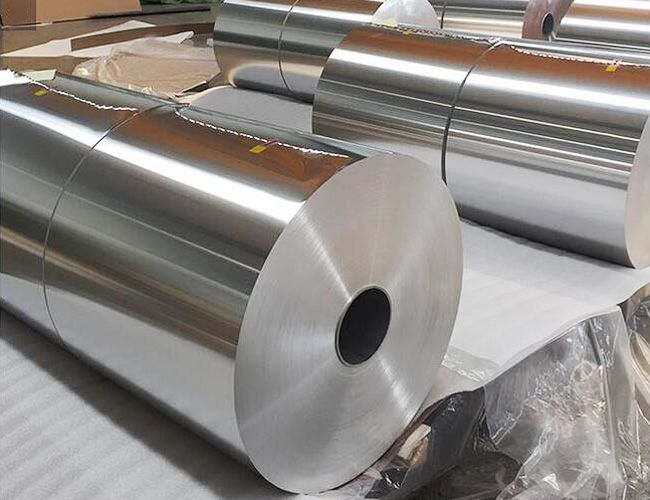The aging process after quenching aluminum foil can cause the alloy to undergo strengthening and softening. The characteristics of these changes can be explained by isothermal aging curves at different temperatures. Aluminum plates cannot achieve the intention of alloy strengthening under quenching conditions. The deformed aluminum alloy material that has just been quenched has only slightly higher strength than that under annealing conditions, while the elongation is appropriately high.

This process of heat treatment is called aging, especially for aluminum alloys strengthened by heat treatment. After rapid cooling, the recrystallization process cannot be completed, and the supersaturated solid solution has no time to completely decompose and still retains part of the work hardening and quenching effects. It is difficult to continue cold rolling without annealing. Therefore, slab annealing is required to select the annealing process criteria for aluminum alloy plates.
In this case, finishing operations such as stretching and straightening can be carried out. Natural aging can start immediately after quenching or through a certain incubation period. The natural aging speed of different alloys varies greatly, with some alloys taking only a few days, while others take months or even years to approach a stable state (measured by functional changes).
< Differences in different aluminum p... What are the processing techniques... >
